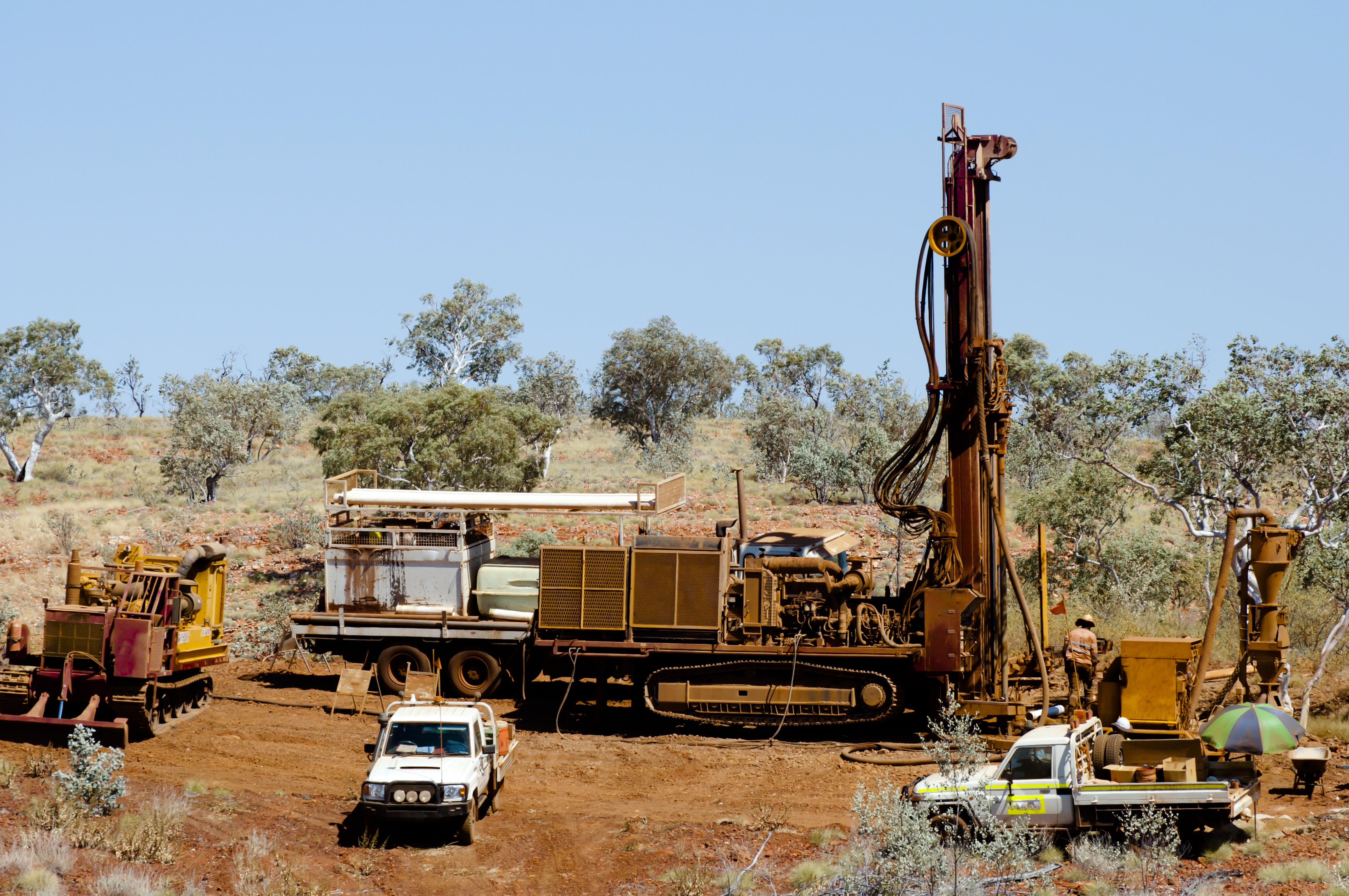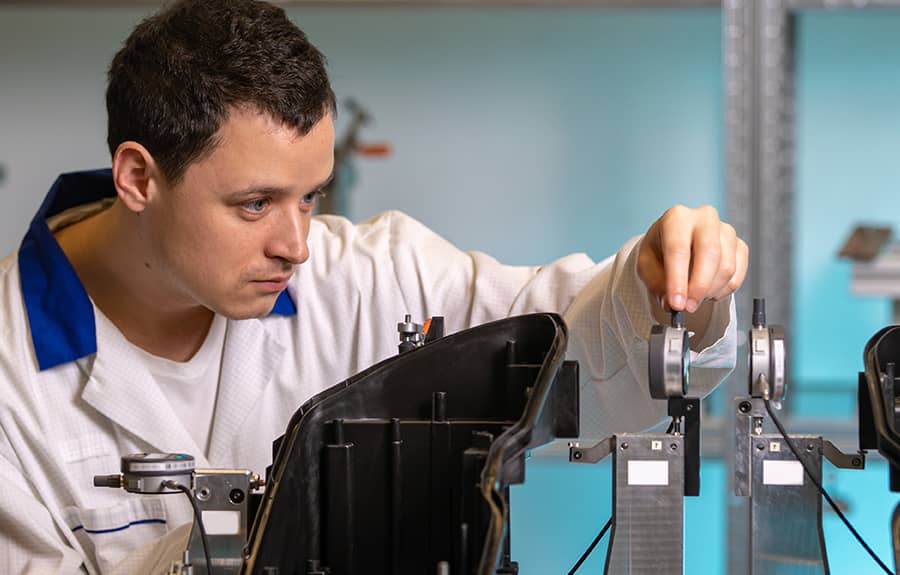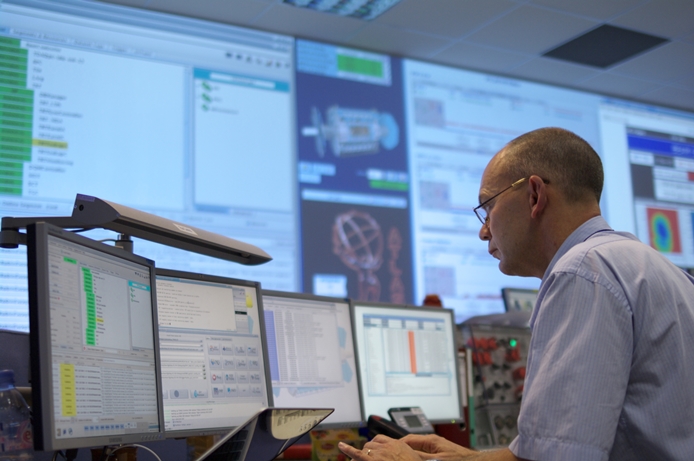Construction and contracting solutions
Exploration services
Exploration to feasibility readiness
Exploration to feasibility readiness requires a thorough, standards-driven approach to exploration, drilling, and geological modeling. This meticulous process ensures data compliance and reliability, laying a strong foundation for resource evaluation, feasibility, and EPC(M) execution. Effective data preparation begins with careful collection and verification, producing geological models that accurately depict mineralization patterns and geotechnical features. These models, alongside detailed 3D grade and block estimations, are calibrated to evaluate economic viability, creating a structured dataset that streamlines resource declaration and minimizes time and costs in later stages. With validated, organized data, each project phase—from resource declaration through to construction—progresses smoothly and efficiently, fostering clarity and confidence in project execution.
Exploration assessment
A comprehensive exploration assessment establishes a strong foundation by aligning all findings with industry standards and ensuring readiness for resource reporting. This stage involves a thorough evaluation of drill hole density and spatial distribution, confirming that data meets the necessary requirements for dependable resource estimation. Where gaps or additional precision are required, areas for infill drilling are identified. Each infill program is carefully managed to elevate resource classification, enhancing the accuracy and reliability of subsequent resource declarations. By implementing these standards early, exploration efforts are optimized to support efficient progression through project stages, reducing potential for rework or delays later in the process.


Infill drilling & exploration management
Detailed management of infill drilling campaigns allows for a refined understanding of the resource, providing essential data that will support precise feasibility assessments. This phase involves close coordination of drilling activities, ensuring alignment with both current project goals and future feasibility requirements. Each aspect of the drilling process is monitored, with adjustments made as necessary to ensure that resource models accurately reflect geological variations and grade distribution. This proactive approach not only bolsters the accuracy of the resource model but also builds a robust data set that underpins all future planning stages. The result is a streamlined exploration-to-feasibility transition, built on comprehensive and precise geological insights.
Sampling, assying & laboratory work
In this phase, rigorous management of sampling, assaying, and laboratory work ensures quality and reliability at each step of data collection. The sampling process is carefully controlled, from collection and handling to preparation, to uphold strict standards that prevent contamination and errors. Close oversight extends to laboratory processes, maintaining compliance with industry reporting requirements and ensuring data is both accurate and dependable. This meticulous approach mitigates risks of inconsistencies, allowing data to serve as a solid foundation for resource evaluation. With quality data in place, resource evaluation and modeling proceed with greater clarity, supporting informed decision-making and minimizing potential for costly adjustments in later stages.


Data preparation, geological modeling
Comprehensive data preparation enables a seamless path toward formal resource declaration by creating a structured, accurate dataset ready for feasibility analysis. Geological structure modeling is developed to represent mineralization patterns and geotechnical features faithfully, while detailed 3D models are constructed to support both grade estimation and future mine planning. Grade and block models are precisely calibrated to estimate the economic viability of the resource, ensuring that the project can advance with clear and reliable data. This phase not only enhances the efficiency of feasibility studies but also reduces overall project costs and time by establishing an organized dataset that informs all subsequent phases, from feasibility through to construction.
